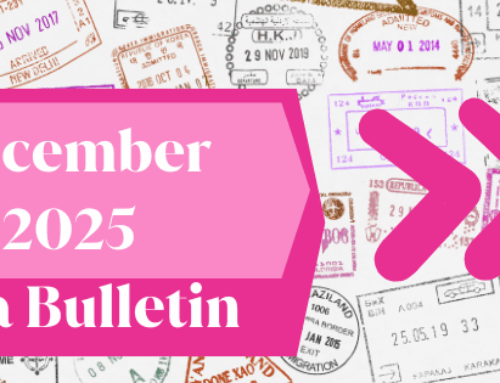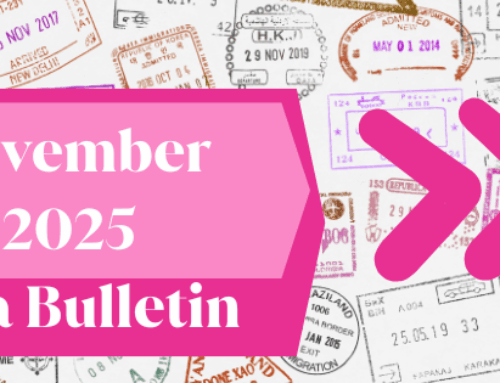When you’ve reached the top of your field, in science, business, the arts, education or athletics, the standard green-card route through employer sponsorship or labor certification can feel slow, rigid and limiting. That’s where the EB-1A comes in: it’s the special employment-based first-preference category for individuals of extraordinary ability, allowing you to self-petition and bypass many of the traditional hurdles.
What Makes the EB-1A Different?
- No employer sponsorship required — You can file on your own behalf.
- No PERM labor certification — Because you’re demonstrating extraordinary ability, the usual labor-cert process isn’t needed.
- Priority dates are still current for many regions — Meaning the green-card queue is often shorter than other employment-based categories.
- High-bar evidence required — You must show sustained national or international acclaim and meet key regulatory criteria.
What’s New in 2025 – 2026 That You Should Know
- EB-1A filings in Q3 2025 have jumped roughly 50% year-over-year, while the approval rate is staying at about 67%, signaling both strong demand and increasing scrutiny in what qualifies as “extraordinary.”
- The U.S. Department of State confirmed that the annual quota for the EB-1 category was reached for FY 2025, meaning new EB-1 visas began being issued for the new fiscal year as of October 1st 2025.
- USCIS has indicated upcoming efforts to modernize employment-based green-card rules, including potential changes impacting the EB-1A standards. These may raise the bar for future applicants — so filing under today’s framework has an added advantage.
What This Means for You Right Now
- If you believe you’ve achieved extraordinary ability (for example, leading in a field, publishing widely, receiving major awards, or making original contributions) the EB-1A is a top strategic choice.
- Because the quota for FY 2025 was reached, timing is now critical. Availability looks promising for applicants from countries other than India and China. Nationals of those countries have longer waits based on per country limits Filing earlier rather than later will lock in your priority date before possible retrogression or stricter standards come into play.
- A strong petition matters more than ever. With more filings and potential policy shifts ahead, the evidentiary package you submit should be clear, focused and compelling. (One strong criterion + robust evidence is better than many weak ones.) It is important to tell your unique story in a compelling manner while highlighting key documentary evidence.
- Given the volume of filings and the queue for issuance, your timeline may still involve waiting. Fortunately, premium processing is available to expedite the processing of your immigrant visa petition. In either case, you’ll be in one of the most direct pathways to U.S. permanent residence available today.
How to Know if You Qualify
While every case is unique, typical signs you might qualify include:
- Recognized leadership or major contributions in your field
- Awards, press, media coverage, or professional memberships at a high level
- Original works or innovations that have been adopted broadly
- A consistent record of achievement over time (not just a one-off success)
Ready to Take the Next Step?
If you’re ready to explore whether the EB-1A could be your green-card path, we’re here to help. At Garvish Immigration Law Group, we specialize in helping extraordinary professionals navigate the EB-1A process with clarity and strategy.
Take our quick EB-1A eligibility quiz now and see if you’re a strong candidate — then schedule your personalized consultation to map out the next steps.





